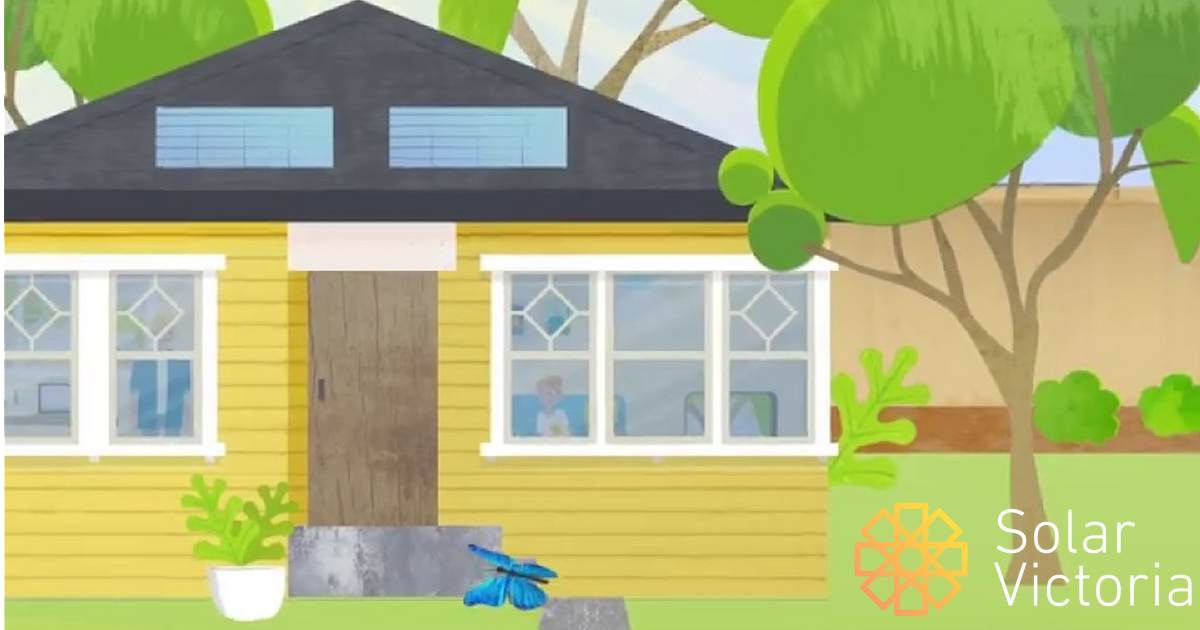
The latest Notice to Market from Solar Victoria outlines what can be expected in the time ahead for the state’s popular (and at times, problematic) Solar Homes program.
According to Minister for Solar Homes Lily D’Ambrosio, more than 67,000 Victorian homes have benefited from the program so far. The Notice to Market published late last week provides insight into how the program will change from the start of the new financial year.
Solar Panel Rebate
The good news for those who won’t be ready to install PV for a while is from July this year, Victoria’s solar panel rebate won’t be dropping by much – from a maximum $1,888 to $1,850 through to December at least. This incentive is in addition to the federal “solar rebate“.
While the maximum value won’t be reduced greatly and competition for the rebate is nowhere near what it was last year, now is a very good time to get cracking on installing a solar power system – particularly given STC values are so high. How long that will last is anyone’s guess.
Among other upcoming change is all solar panels installed under the program will need to be from manufacturers participating in the Solar Panel Validation Initiative (SPV). The initiative helps protect consumers from rebadged crap panels, installers and manufacturers’ reputations, and the integrity of Australia’s Small-scale Renewable Energy Scheme (SRES).
There are now 40 manufacturers participating in SPV, up from 35 in February. All the big names are on the list, which can be found here.
Solar Battery Rebate
The battery rebate will also reduce in value – from a maximum $4,838 to $4,174.
The Notice To Market also notes from July 1, Solar Victoria will be encouraging of the aggregation of batteries funded under the program. Aggregation of batteries means Virtual Power Plants – VPPs.
“By expanding the battery program to include approved aggregators, Solar Victoria aims to maximise the benefits of solar batteries and support participating households to realise additional energy savings,” states the agency.
I’m guessing this might also mean some postcodes not currently eligible under for the battery rebate could then be – assuming participants sign on to a VPP that covers their area.
Here’s how VPP’s can improve battery payback – but it remains that solar-only still provides the best bang for buck at this point in time.
Solar Inverters
It will be mandatory for all inverters installed under the program from September 1 to have internet capability and an on-board communications port that can be used for a physical connection to another device. Most solar inverters already do.
Safety In The Industry
Other changes occurring in the year ahead include solar workers achieving competency in accredited units related to safety. This builds on an existing focus on workplace safety.
“The Victorian Government is creating a safer solar industry,” states Minister D’Ambrosio. “We are investing $9 million over the life of the Solar Homes Program, to deliver a subsidised comprehensive training and workforce development package to support the ongoing development of the Victorian solar industry.”
The above are just some of the changes. The April Notice To Market can be found here – and at 56 pages, there’s quite a bit of reading involved.

 RSS - Posts
RSS - Posts



The battery rebate is not available if you’re off-grid, as I understand it, so pretty useless here. Mandatory exposure of the inverter to the internet is a big negative too. Warranty limitation on Redflow’s battery if it’s not net connected is enough to make me thoughtful about considering it. In my view, IoT stands for wholly unnecessary Introduction of Trouble.
Things are going backwards. Looking for an efficient refrigerator, as there’s only battery power at night, I found glowing reference to the Electrolux 420 L (only 161 W, < 1 kWh/day}, but it's no longer available, and everything else is bigger and more power hungry. Did energy efficiency not sell?